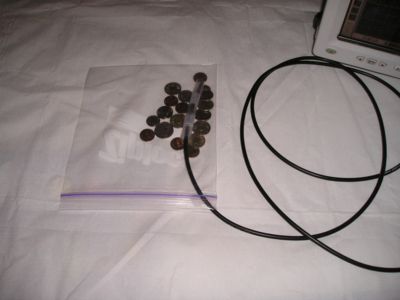
Figure 1. Test Setup With Antenna to Simulate Mobile Phone and Jingling Change
Abstract: ESD events between small pieces of metal, such as coins, at low voltages produce intense EMI with bandwidths into the tens of gigahertz. The problem is much worse when an electronic device, such as a mobile phone, is immersed in the coins as often happens. Data is presented to show possible voltages induced into a mobile phone antenna by nearby small metal ESD events. RF front end damage to the receiver is a distinct possibility.
Discussion: ESD between small pieces of metal can produce strong electromagnetic interference and such events are common in the environment. A particularly nasty case is that of a mobile phone carried in a pocket or purse along with small metal objects like coins. To investigate this case, a small coaxial dipole was constructed on the end of a coaxial cable and placed in a plastic bag with a number of coins as shown in Figure 1.
The antenna was made by extending the center conductor and folding about the same length of shield back over the cable insulating sheath, see Figure 2. The exposed center conductor length was about 2.5 cm giving the antenna a resonant frequency a little over 2 GHz. Figure 3 shows the antenna enclosed in a plastic sleeve to prevent discharges directly to the antenna.

Figure 2. Small Coaxial Dipole Used for Measurements
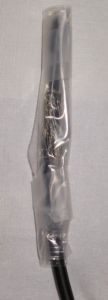
Figure 3. Small Dipole Antenna in Insulating Sleeve
Figure 4 is the scope plot of one of the events that resulted when the bag containing the coins and the antenna was shaken. The discharge voltage between the coins was likely on the order of a few hundred Volts or less. The displayed peak is over 35 volts! But that is not the whole story.
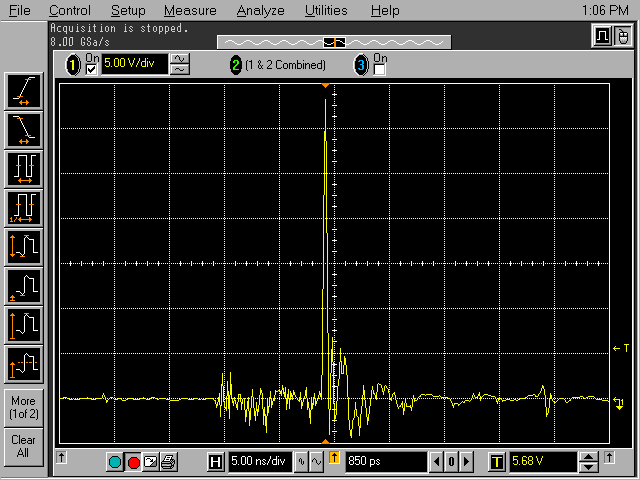
Figure 4. ESD Event Picked Up by Small Coaxial Dipole
(V = 5 V/div, H = 5 ns/div)
(V = 5 V/div, H = 5 ns/div)
Figure 5 is an expanded view of Figure 4 (500 ps/div as opposed to 5 ns/div). With sin(x)/x interpolation turned off, the jagged appearance of the waveform reveals the individual samples connected by straight lines. The sampling rate used was 8 GSa/sec resulting in 125 ps/sample. The frequency spectrum of the pulse is well above what this scope can respond to and display accurately. I would estimate the peak value of the pulse to be greater than 50 Volts. Such a high value raises the possibility of damage to the receiver front end.
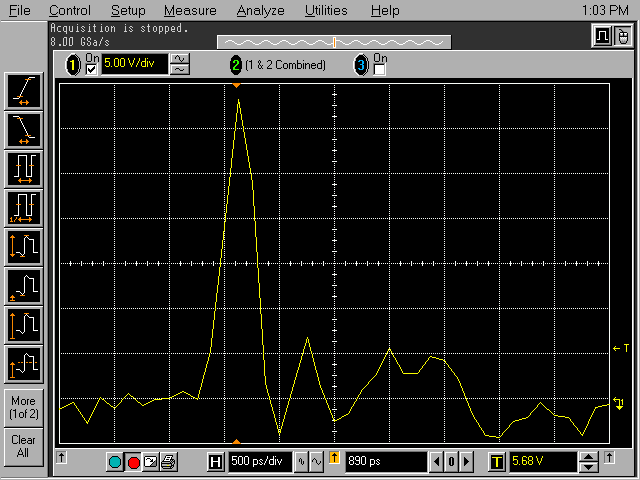
Figure 5. Expanded View of Figure 4, ESD Event Picked Up by Small Coaxial Dipole
(V = 5 V/div, H = 500 ps/div)
(V = 5 V/div, H = 500 ps/div)
Figure 6 shows another one of the many waveforms than can result when the bag is shaken. In this
case, the waveform is a damped oscillatory wave with an amplitude probably exceeding the displayed 20
Volts peak. Large waveforms such as that shown in Figures 4, 5, and 6
were relatively rare, possibly one in a hundred or a thousand waveforms.
However during bag shaking, hundreds of events occurred over several
seconds so it did not take long to get a large event.
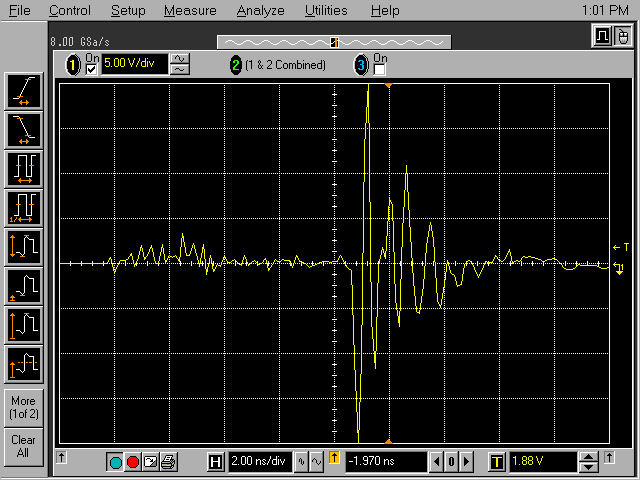
Figure 6. Another ESD Event Showing Unwanted EMI in the Measurement
(V = 5 V/div, H = 2 ns/div)
(V = 5 V/div, H = 2 ns/div)
Figures 4 and 6 exhibit low amplitude noise (about 10% of the peak value of the main pulse) starting about 10 ns before the main pulse. This is EMI from the ESD events affecting the measurement. A 10% error is acceptable for the purposes of this article.
Additional Material: An in-depth audio format discussion of this article, covering background as well as more technical details, is available at: http://emcesd-p.com. Information about the mechanisms, importance, and nature of the pre-pulse EMI in Figures 4 and 6 as well as how to estimate the discharge voltage of the ESD events are included in the audio discussion for this Technical Tidbit.
If you like the information in this article and others on this website, much more information is available in my courses. Click here to see a listing of upcoming courses on design, measurement, and troubleshooting of chips, circuits, and systems.
Additional information on this site regarding ESD effects on systems includes:
- November 1999: Transient Suppression Plane
- May 2001, Hidden Threats to Electronic Equipment
- June 2001, A Static Field Powered EMI Source
- January 2002, Cable Effects Part 1: Cable Discharge Events
- May 2002, Printed Wiring Board Coupling to a Nearby Metal Plane, Part 2: ESD Immunity
- February 2003, Crossing Ground Plane Breaks - Part 3, Immunity to Radiated EMI
- May 2003, Signal Paths Passing Through Ground and Power Planes, Effects on Immunity
- August 2004, Wi-Fi (Wireless Lan) Antenna Response to EMI from Small Metal ESD
- ESD Immunity in System Designs, System Field Experiences and Effects of PWB Layout (~950K)
-
(2000 EOS/ESD Symposium paper)
